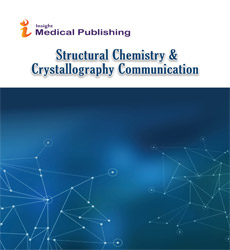Abstract
Mechanism of Degradation of Phosphorene and its Stabilization via Hexagonal Boron Nitride Passivation
Layered crystals have revolutionized the field of nanoelectronics and optoelectronics due to their potential to be exfoliated into atomically-thin twodimensional (2D) surfaces (for example graphene from graphite). Phosphorene, a two-atom thick 2D material has found significant attention because of its unique properties including: sizable band gap (0.3-1.2 eV), in-plane anisotropy, and high charge carrier mobility. Further the 2D phosphorene layers can be easily exfoliated from the bulk 3D black phosphorus crystals and transferred onto any arbitrary substrate. However, the major problem associated with the technological applications of phosphorene is that these 2D material crystal structures can be deteriorated (unstable) in the ambient condition. In this thesis, we have studied the degradation mechanism of phosphorene and developed approaches to protect these anisotropic 2D crystals via creating sandwich structure with hexagonal boron nitride (h-BN) passivating layer. Confocal Raman characterization results indicate oxygen as a leading factor, with light as a catalyst causing the degradation nucleating at the edge of phosphorene and extending to the basal surface. In addition, the mass transfer model is applied to define the relationship between the oxidized film thickness and oxygen concentration with time dependent. The model and Raman results have interesting approach to have constant rate after long enough time of exposure to degradation factor. The oxidized film itself is prone to have ability to protect underneath phosphorene layers from degradation.
Author(s):
Natechanok Yutthasaksunthorn
Abstract | PDF
Share this

Google scholar citation report
Citations : 275
Abstracted/Indexed in
- Google Scholar
- China National Knowledge Infrastructure (CNKI)
- Directory of Research Journal Indexing (DRJI)
- WorldCat
- Geneva Foundation for Medical Education and Research
- Secret Search Engine Labs
- CAS (Chemical Abstracting Services)
Open Access Journals
- Aquaculture & Veterinary Science
- Chemistry & Chemical Sciences
- Clinical Sciences
- Engineering
- General Science
- Genetics & Molecular Biology
- Health Care & Nursing
- Immunology & Microbiology
- Materials Science
- Mathematics & Physics
- Medical Sciences
- Neurology & Psychiatry
- Oncology & Cancer Science
- Pharmaceutical Sciences

